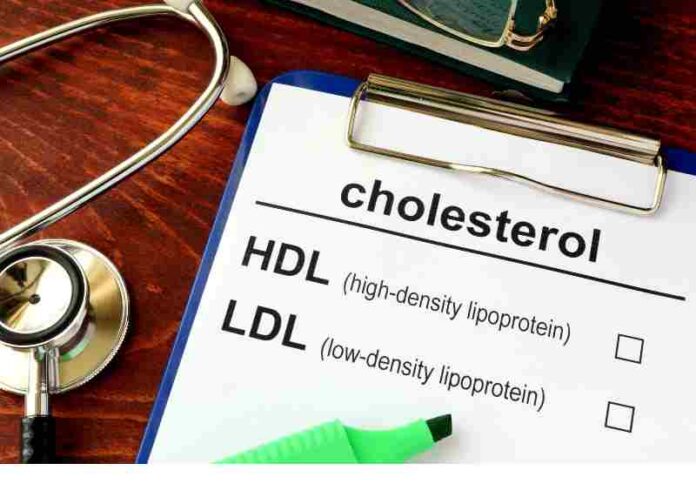
Familial Hypercholesterolemia is a serious condition that affects somewhere between 600,000 and 2,000,000 people in the US today. It can lead to unwanted health issues such as excess cholesterol and even heart attacks. As the name suggests, it’s a condition that’s inherited through a person’s genes.
Do you have Familial Hypercholesterolemia, or do you suspect that you might? If so there are some things that are important to know about you and your condition.
This guide will provide you with all of the most pertinent information. Read on to learn more about this disease.
What Is Familial Hypercholesterolemia?
Familial Hypercholesterolemia is a condition that’s hereditary and affects cholesterol levels. Certain groups, such as French Canadians and Ashkenazi Jews are at a high risk of having this condition. Let’s look at some of the main characteristics of this disease.
Familial hypercholesterolemia affects the way the body processes cholesterol. This means people suffering from this condition have a higher heart disease risk as well as a greater risk of a premature heart attack.
People with this condition have very high levels of low-density lipoprotein in their blood. This is a type of cholesterol that’s recognized as being “bad” for the body.
Symptoms of Familial Hypercholesterolemia
This is a genetic condition. Meaning it’s present in a person from the time they’re born. Despite this, it’s often not discovered until later on in life.
Symptoms often don’t start to present themselves until later on in a child’s life. Some go unnoticed until adulthood. This is the reason that it’s difficult to predict exactly how many people are currently living with FH.
What are some of the symptoms of FH? People with this condition have excess cholesterol build up in their bloodstreams. This means excess cholesterol is sometimes deposited in other areas of the body.
It can appear in certain portions of the skin, some tendons, and around the eyes. A thickened Achilles tendon, a white or gray ring around the iris of the eye, and cholesterol deposits on the hands, elbows, and knees are all symptoms to look out for.
Treatments for Familial Hypercholesterolemia
Ordinarily, when a person has high cholesterol, they can lower it by making changes to their diet and lifestyle. However, for those with Familial Hypercholesterolemia, lifestyle changes alone aren’t enough to lower LDL cholesterol.
It’s also important to take medications designed to lower cholesterol. People with Familial Hypercholesterolemia often need to take more than one type of medication.
Some examples of medications used to treat Familial Hypercholesterolemia include Statins such as Livalo, Ezetimibe, and PCSK9 inhibitors.
Living With Familial Hypercholesterolemia
Familial Hypercholesterolemia is a disease that shouldn’t be taken lightly. But it can be treated to minimize the ill effects it has on a person’s life. Always speak with your healthcare provider before starting any new medications.
If you’re looking for more information on healthcare issues and treatments, we’ve got plenty. Check out the rest of our content now.

